In oil and gas engineering,
well pipe casing plays a decisive role in keeping a well stable from drilling to production. Although people often focus on drilling tools or surface equipment, the casing system is the part that quietly supports the entire wellbore. Once a casing string fails, the well may suffer severe production loss — and in extreme cases, be completely abandoned.
Why Well Pipe Casing Matters ?
A modern oil or gas well involves three major tubular products: drill pipe, casing, and tubing.Drill pipe transmits torque and drilling force to the bit.Well pipe casing supports the wellbore during drilling and ensures long-term structural integrity after completion.Tubing transports oil or gas from the reservoir to the surface.
Among these, casing is often regarded as the “lifeline” of a well. Downhole environments vary dramatically: high tensile load at the surface, compression in deviated sections, bending in crooked intervals, and torsion during installation. All these forces combine and continuously challenge the mechanical stability of the casing string.
Therefore, the quality of well pipe casing—its steel grade, mechanical consistency, and resistance to collapse or corrosion—determines whether a well can operate safely for years.
Steel Grades for Well Pipe Casing
To adapt to different well depths and geological conditions, casing is produced in multiple strength grades such as J55, K55, N80, L80, C90, T95, P110, Q125, and even V150.
Shallow wells often use J55/K55.
Deep or high-pressure wells rely on P110 or Q125.
Corrosive environments require grades like L80, C90 or T95.
Complex formations demand excellent collapse resistance.
The evolution of casing steel continues as operators push drilling to deeper, hotter, and more corrosive reservoirs.
27MnCrV: A New Cost-Efficient Steel for TP110T Casing
Traditionally, TP110T casing is made from 29CrMo44 or 26CrMo4. While reliable, these grades contain relatively high levels of molybdenum, increasing production cost.
The new alloy 27MnCrV offers a more economical alternative with significantly lower Mo content while maintaining similar mechanical properties.

Its transformation temperatures are:
AC1 = 736 °C
AC3 = 810 °C
These parameters open the door for sub-temperature quenching, a heat-treatment path that improves toughness without sacrificing strength.
Sub-Temperature Quenching Technology
For 27MnCrV, the optimal process window is:
Heating at ~780 °C (between AC1 and AC3)
Holding for 15 minutes
Quenching
Tempering at 630 °C for about 50 minutes
This method retains a controlled amount of ferrite during quenching. Because the structure is only partially austenitized, the final casing gains a better balance of toughness and strength—an important property for high-strength well pipe casing in deep wells.
Why Not Use Traditional Quenching?
When 27MnCrV undergoes full austenitization quenching, it suffers from temper embrittlement, resulting in unstable and often low impact toughness. Manufacturers previously attempted rapid cooling after tempering, but consistency remained difficult.
Advantages of Sub-Temperature Quenching
Reduces quenching stress and deformation
Improves toughness by controlling harmful impurities
Enhances stability of mechanical properties
Provides better machinability for threading operations
Helps casing maintain collapse resistance under downhole load
Although this process demands more precise temperature control and better equipment, the long-term performance benefits in well pipe casing applications justify the additional manufacturing cost.
Why This Matters for Modern Well Pipe Casing
As exploration moves into deeper, hotter and more corrosive reservoirs, casing failures have become more expensive and less acceptable. Steel design and heat-treatment technologies like sub-temperature quenching help casing manufacturers deliver products with higher reliability and more predictable behavior in the well.For operators, choosing casing made from optimized materials—such as TP110T produced by the 27MnCrV route—can significantly improve long-term well integrity and reduce workover risk.






 English
English Español
Español بالعربية
بالعربية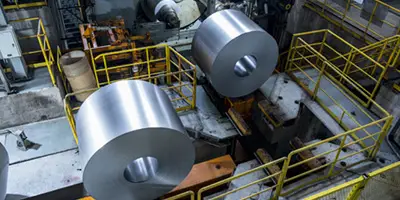

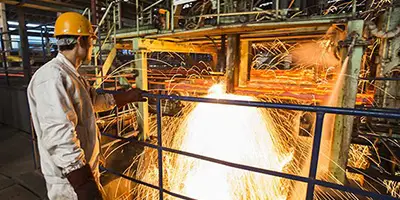
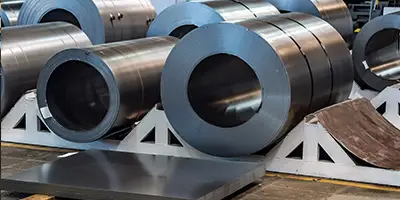

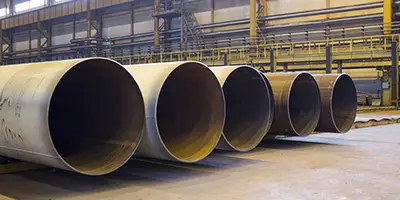
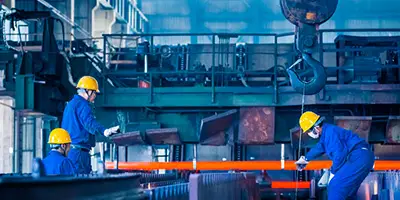


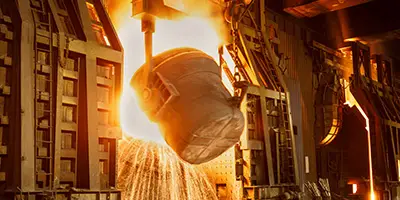
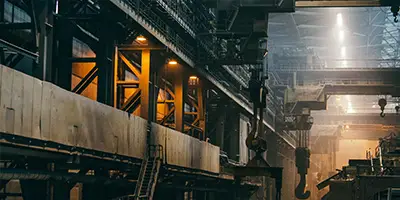

 Phone :
Phone :  Whatsapp :
Whatsapp :  Email :
Email : 


